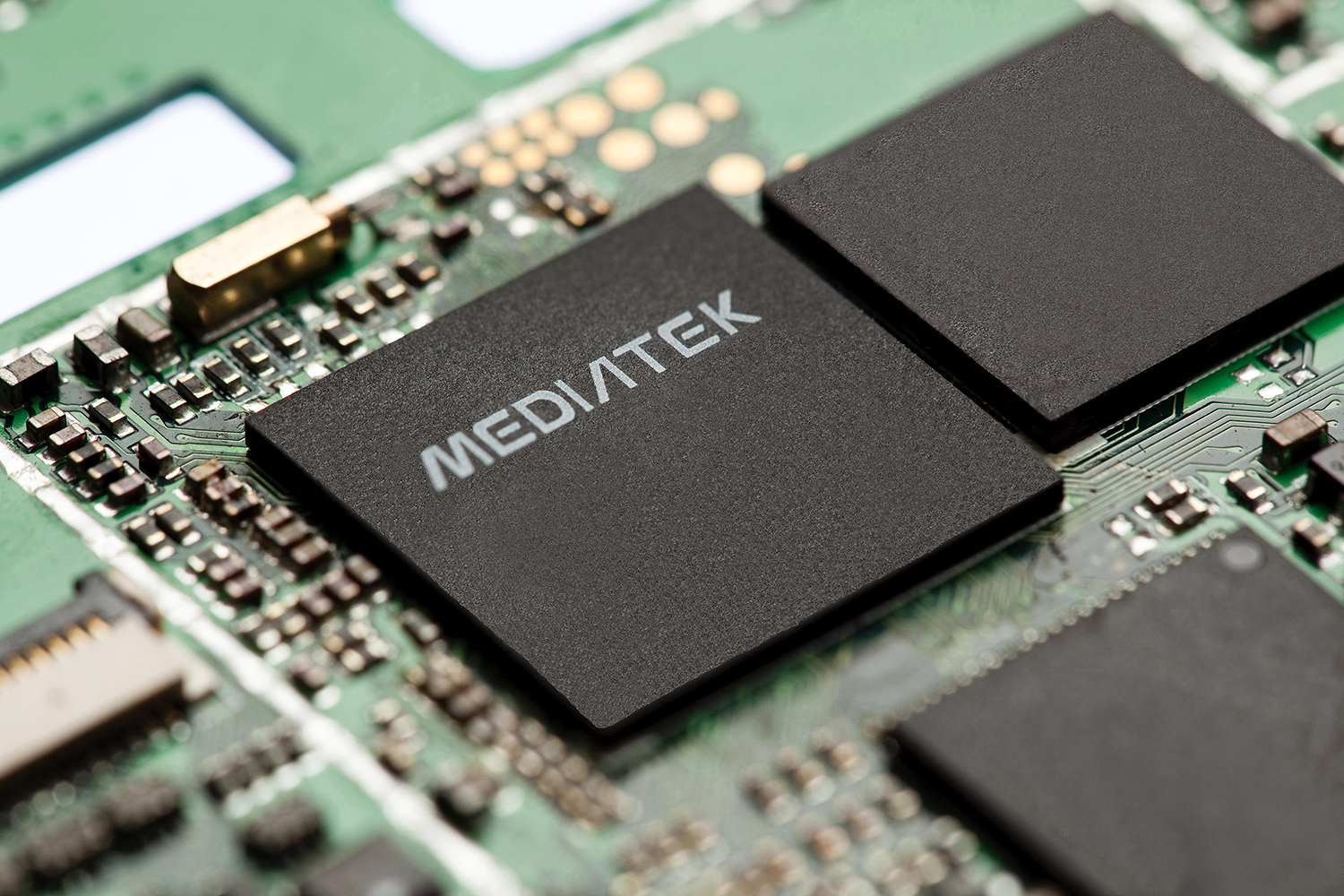
MediaTek wants to make midrange phones a little more powerful. The company announced the new MediaTek Helio P60 chipset at MWC 2018, silicon that offers many of the specs you would expect in a flagship phone in a more affordable chipset aimed specifically at midrange devices.
Perhaps most interesting is the fact that the Helio P60 is among the first midrange chipsets to feature a so-called “big.LITTLE” architecture. In other words, it features eight cores — four more powerful ARM A73 cores and four ARM A53 cores. The more powerful cores can handle more intensive tasks, leaving things like background tasks to the less powerful ones. That ultimately will result in a much more efficient chipset.
How much more efficient? Well, MediaTek claims the Helio P60 offers a 70 percent CPU and GPU performance boost over its predecessors, the Helio P23 and Helio P30. The chipset is also more power efficient — and MediaTek claims it will deliver up to 25 percent power savings for some power-intensive applications, and a 12 percent power saving overall.
The chipset also boasts other high-end features, like MediaTek’s NeuroPilot and CorePilot 4.0 technology. NeuroPilot is basically aimed to enable artificial intelligence features like facial recognition, object recognition, and so on. It’s also compatible with Google’s Android Neural Network, supports TensorFlow, and so on — meaning developers can make use of NeuroPilot to create A.I. systems.
The new chipset also places a pretty heavy emphasis on photography. The Helio P60 supports dual rear-facing cameras of up to 20 megapixels plus 16 megapixels — or a single lens of up to a hefty 32 megapixels.
When it comes to communications, the Helio P60 offers 802.11ac Wi-Fi, an FM radio, and Bluetooth 4.2. It’s a little strange that the chipset doesn’t offer Bluetooth 5.0, though according to MediaTek the reason is that the release schedule of Bluetooth 5.0 and the development schedule of the Helio P60 just didn’t line up.
Of course, the MediaTek Helio P60 isn’t MediaTek’s flagship chipset — that title falls to the MediaTek Helio X30. So what’s the difference between the two? Well, while the Helio X30 has the same eight cores as the P60, but it has a higher clock speed, and as such it will be able to process a little quicker. The Helio P60 also may not offer the wide array of communications technology on offer from the Helio X30.
Still, the fact remains that the Helio P60 looks to be a pretty excellent midrange offering and should help give midrange phones some more premium-tier features, especially when it comes to artificial intelligence.
Editors' Recommendations
- MediaTek’s new smartphone chip sounds too good to be true
- MediaTek goes for gamers with new Helio G90 series smartphone chips



